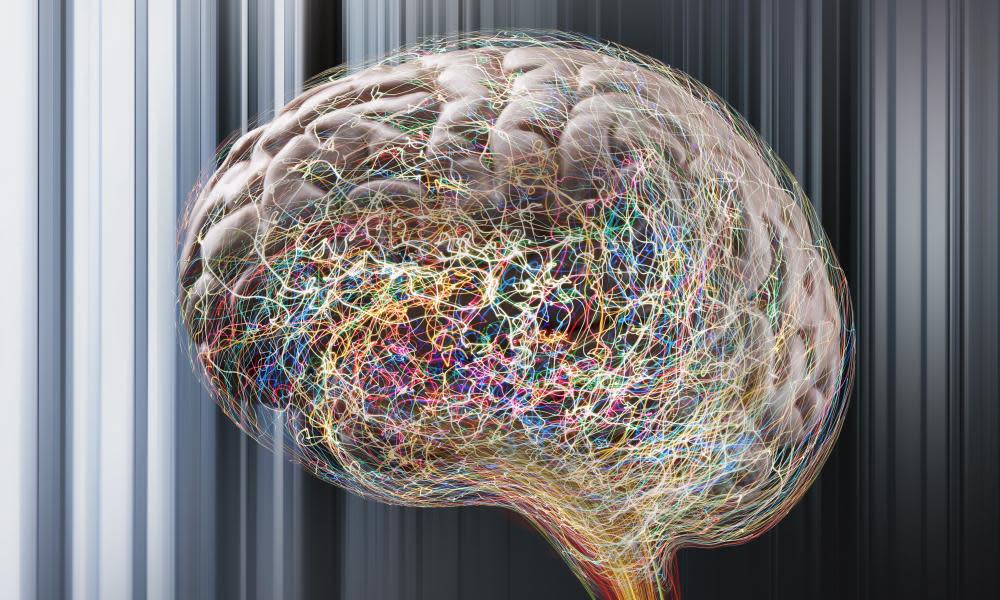Creative thought has a pattern of its own, brain activity scans reveal

Donatella Versace finds it in the conflict of ideas, Jack White under pressure of deadlines. For William S Burroughs, an old Dadaist trick helped: cutting pages into pieces and rearranging the words.
Every artist has their own way of generating original ideas, but what is happening inside the brain might not be so individual. In new research, scientists report signature patterns of neural activity that mark out those who are most creative.
“We have identified a pattern of brain connectivity that varies across people, but is associated with the ability to come up with creative ideas,” said Roger Beaty, a psychologist at Harvard University. “It’s not like we can predict with perfect accuracy who’s going to be the next Einstein, but we can get a pretty good sense of how flexible a given person’s thinking is.”
Creative thinking is one of the primary drivers of cultural and technological change, but the brain activity that underpins original thought has been hard to pin down. In an effort to shed light on the creative process, Beaty teamed up with colleagues in Austria and China to scan people’s brains as they came up with original ideas.
The scientists asked the volunteers to perform a creative thinking task as they lay inside a brain scanner. While the machine recorded their white matter at work, the participants had 12 seconds to come up with the most imaginative use for an object that flashed up on a screen. Three independent scorers then rated their answers.
One of the barriers to creative thinking is the ease with which common, unoriginal thoughts swamp the mind. Some people in the study could not get past these. For example, when asked for creative uses for a sock, soap and chewing gum wrapper, less creative people gave answers such as “covering the feet”, “making bubbles” and “containing gum” respectively. For the same items, more original thinkers suggested a water filtration system, a seal for envelopes, and an antenna wire.
Reported in the Proceedings of the National Academy of Sciences, the study found distinct patterns of brain activity in the most and least creative people. In the highly original thinkers, the scientists saw strong connectivity between three networks of the brain. One, known as the default mode network, is linked to spontaneous thinking and mind wandering, while a second, the executive control network, is engaged when people focus in on their thoughts. The third, called the salience network, helps to work out what best deserves our attention.
The first two of these three brain networks tend to work against one another, Beaty said, each dampening the other down. But the scans suggest that more creative people can better engage both networks at once. “It might be easier for creative thinkers to bring these resources to bear simultaneously,” he said.
Initial scans on men and women from the University of North Carolina were backed up by further scans in Austrian and Chinese volunteers. To make sure enough creative people took part in the study, the researchers recruited plenty of artists, musicians and scientists. Now, Beaty wants to look at brain activity in different creative pursuits, such as the arts and sciences, and investigate whether training helps boost creative powers.
In 2016, David Melcher, who studies creativity at the University of Trento, identified brain networks used in visual art. “A critical open question, for future research, is whether this ability to put the brain in creative mode transfers across tasks,” he said. “Do we learn to network our brain regions for creativity in new domains once we learn to do it, for example, in painting or freestyle rap?”
“There has been an educational policy, in many countries including the US, of reducing teaching hours in the arts and focusing instead on rote learning for yearly testing of basic knowledge,” he added. “We need to understand whether creativity is a transferable skill, a way of using the brain that students learn to use across fields.”

 Yahoo News
Yahoo News 
